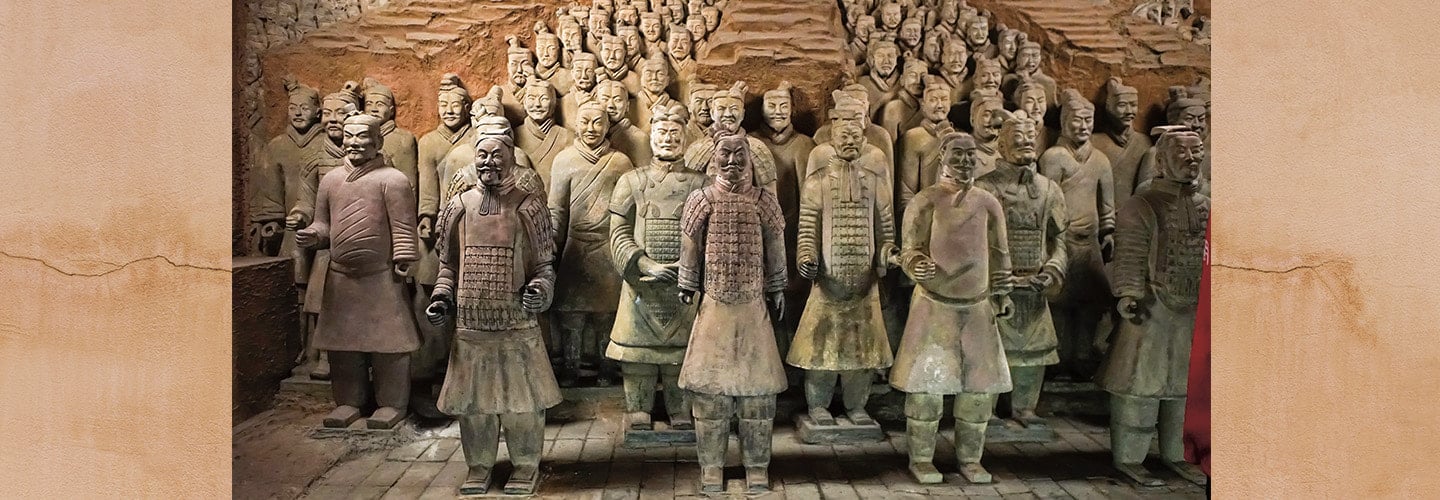Yang Zhifa’s shovel hit something hard. It was March 1974. The farmer was digging a well in an orchard in central China. He looked down to find that he had struck a piece of clay that looked like a man’s head. Yang didn’t know it yet, but he had just made one of the greatest archaeological discoveries of all time.
Yang had found a statue of a life-sized soldier made of terra-cotta, or baked clay. It turned out to be the first of many. Over the next few decades, archaeologists would uncover an entire army of terra-cotta warriors in the area.
Experts were amazed at how detailed the statues were. No two looked exactly alike. The army, which dates back more than 2,200 years, was buried in huge pits. The soldiers appeared to be preparing for battle, some on horses and chariots.
“They’re an incredible record of what an army would have looked like,” historian Jessica Rawson says. She’s a professor at the University of Oxford in England. Rawson saw the statues up close in 1975 and has visited the site several times since.
Fifty years after the discovery, researchers say the warriors still hold many secrets.

